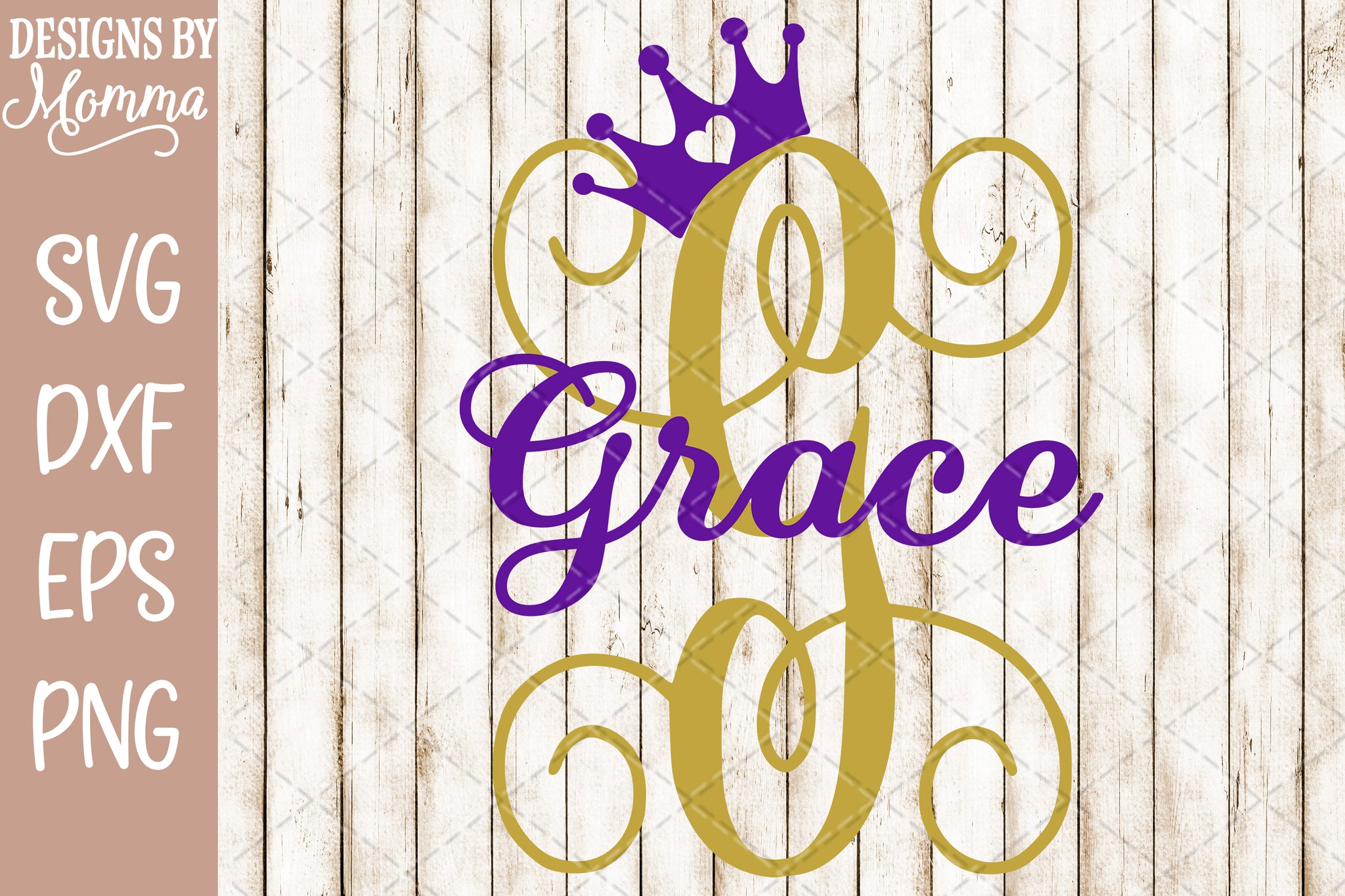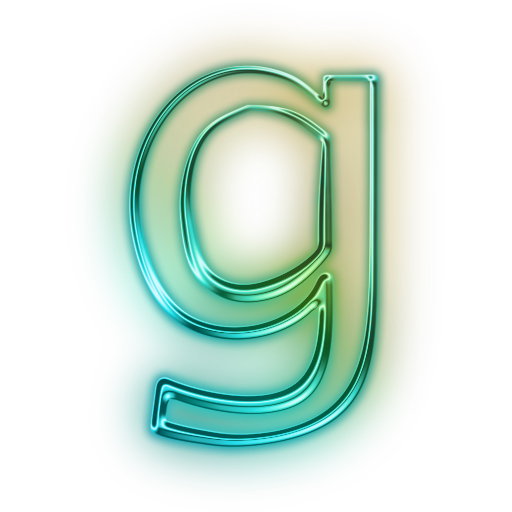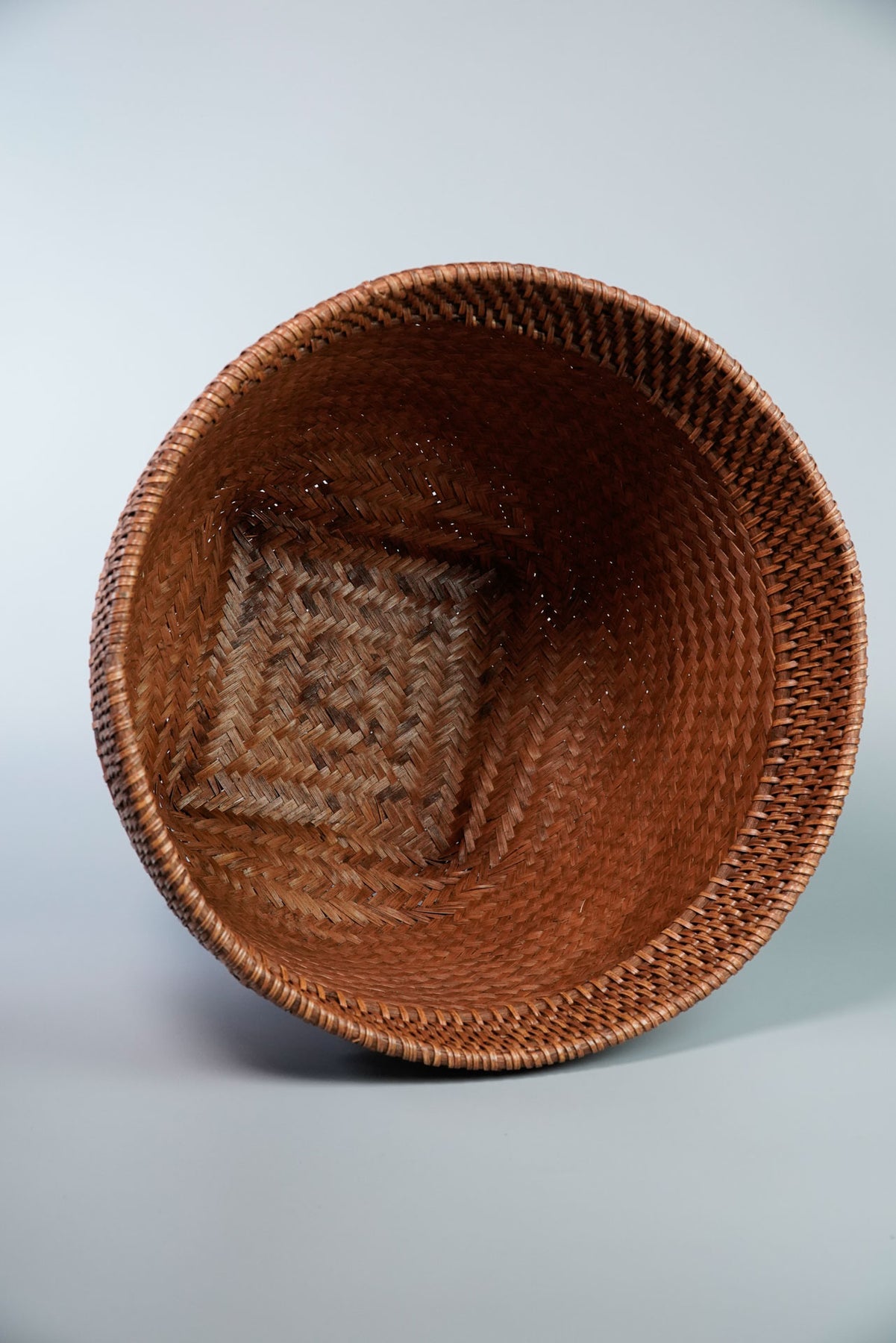A form appears in Merovingian (pre-Carolingian French) writing in the 8th century, and a descendant of this was adopted into the Carolingian hand. G is the seventh letter of the alphabet and the deuteragonist of the series. He was used to make the word "GUN". A unit of acceleration in free fall due to gravity.
Aside from the information listed above, there is information that is of a private nature and should only be shared with people within the University with a business need to know. One example of this would be student data. All faculty, staff, and students will be provided access to Google Apps via their ONID account. These accounts may be used to conduct university business within the Google cloud. Had developed similarly, except that some ornate forms then extended the tail back to the right, and to the left again, forming a closed bowl or loop.
Log in or sign up for Rotten Tomatoes
We’ve created a new place where questions are at the center of learning. Britannica is the ultimate student resource for key school subjects like history, government, literature, and more.
In Middle English the palatal stop developed into the sound now represented by j, a similar change having taken place in the development of the Latin velar on the continent. This sound was therefore introduced to English ears by the Normans, and in the Middle English period the two forms of the minuscule letter were in use to represent different sounds. The round-headed form represented the voiced velar (modern “hard” g) and the sound of j, while the flat-headed form represented the palatal stop and the sound of y. As the palatal stop disappeared from the language, the use of the flat-headed form was discontinued. It survived in remote parts, and by its similarity to the form of z produced confusion with the latter. G, seventh letter of the alphabet.
Related characters
Meanwhile, certain changes had taken place in the sound represented by the letter. The voiced velar had become palatalized before the front vowels e and i. Thus the flat-headed form of the letter, the only form in use in pre-Norman England, represented the velar before back vowels, the palatal before front vowels. It also stood for the sound now represented by y initially before front vowels.
The initial extension to the left was absorbed into the upper closed bowl. The double-storey version became popular when printing switched to "Roman type" because the tail was effectively shorter, making it possible to put more lines on a page. In the double-storey version, a small top stroke in the upper-right, often terminating in an orb shape, is called an "ear". Community content is available under CC-BY-SA unless otherwise noted. Used in the US for movies considered suitable for all people, including children of any age.
English
In most dialects of Spanish), in all except Romanian and Italian, soft ⟨g⟩ has the same pronunciation as the ⟨j⟩. This article is about the letter of the alphabet. G was one of the only letters who did not bully F when they were kids, alongside P, Q, Y and Z. G was one of the only letters who did not bully F when they were kids, alongside N, P, Q, and Z. Choose features, assign macros and key binding, create color breaks and animations, all with a simple, intuitive interface. Configure your mouse, including the optical sensor, DPI settings, scroll and acceleration, button programming, and onboard memory.
Personal accounts may not be used for University business. ⟨g⟩ is predominantly soft before ⟨e⟩ (including the digraphs ⟨ae⟩ and ⟨oe⟩), ⟨i⟩, or ⟨y⟩, and hard otherwise. It is hard in those derivations from γυνή (gynḗ) meaning woman where initial-worded as such. Developed palatalized allophones before front vowels; consequently in today's Romance languages, ⟨c⟩ and ⟨g⟩ have different sound values depending on context .
Configure. Share. Win.
On Earth this is about 32 feet per second per second (9.81 m/sec2). A written or printed note representing this tone. When using Google services, it is up to you to determine who has access to the data you've placed there.
The history of this letter began with the Latin alphabet. The Greek alphabet from which, through Etruscan, the Latin was derived, represented the voiced velar stop by its third letter gamma (Γ). The letter, however, came to represent the unvoiced velar stop, thus ousting K. This was probably due to Etruscan influence. To avoid confusion a new letter G was differentiated from C and used to represent the voiced velar, while C henceforward stood for the unvoiced velar only.
Symbol for newtonian constant of gravitation; Gibbs free energy; Gact or G‡, Gibbs energy of activation; conductance. Verified reviews are considered more trustworthy by fellow moviegoers. Race and class struggles come to the Hamptons in this reworking of The Great Gatsby with a hip-hop flavor. Unfortunately, too many subplots and a lack of believable characters spoil an otherwise novel concept. Sol, so, or G is the fifth note of the fixed-do solfège starting on C. It is the fifth note and the eighth semitone of the solfège.
Download profiles from your fellow players, gaming pros and popular streamers. It’s an easy way to try new mouse, keybind, and macros to enhance your game. Now you can save multiple character profiles within your games and switch on the fly. So the powers and abilities you need are always available. The seventh letter of the English alphabet, a consonant. A string, key, or pipe tuned to the pitch of this tone.
The fifth tone in the scale of C major or the seventh tone in the relative minor scale. Any of the speech sounds represented by the letter g. The seventh letter of the modern English alphabet. The fifth tone in the scale of C major or the seventh tone in the relative minor scale, A minor. Stay up-to-date on all the latest Rotten Tomatoes news! Tap "Sign me up" below to receive our weekly newsletter with updates on movies, TV shows, Rotten Tomatoes podcast and more.

Because of French influence, English language orthography shares this feature. The uncial form of the letter in the 6th and 7th centuries was a transitional form between C and G. The form with a rounded head, from which the modern minuscule g is derived, appears first in Latin cursive writing about the beginning of the 7th century, taking the place of earlier forms. A minuscule flat-headed form was adopted by Irish writing of the 6th and 7th centuries, and such a form had been in use in Latin cursive from the 5th through the 8th century.
g
The new letter was placed in the alphabet in the place of Greek zeta (Ζ) which was not required in the Latin alphabet. DisclaimerAll content on this website, including dictionary, thesaurus, literature, geography, and other reference data is for informational purposes only. This information should not be considered complete, up to date, and is not intended to be used in place of a visit, consultation, or advice of a legal, medical, or any other professional. Unless the information is of a public nature, do not share data with any account outside of University control, including your personal Google account.
As such it is the dominant, a perfect fifth above C or perfect fourth below C. G is the tenth least frequently used letter in the English language , with a frequency of about 2.02% in words. For technical reasons, "G#" redirects here. For the musical note, see G♯ . Our editors will review what you’ve submitted and determine whether to revise the article.
























